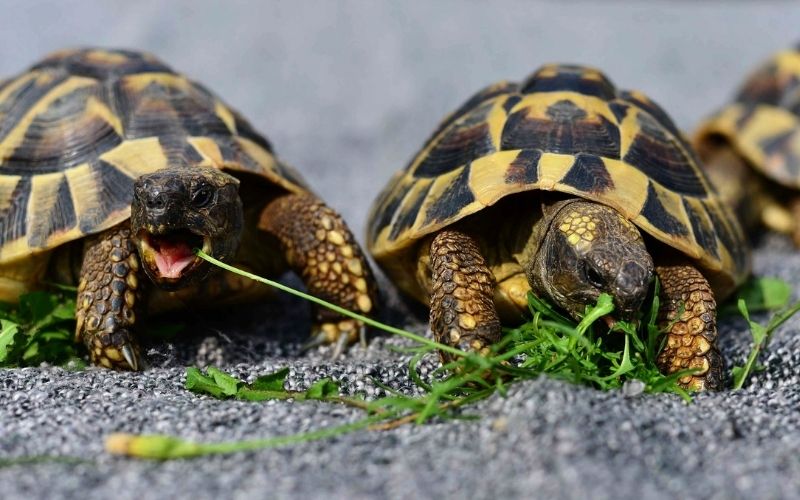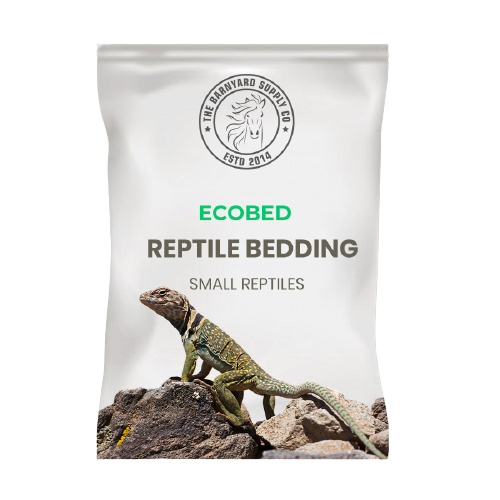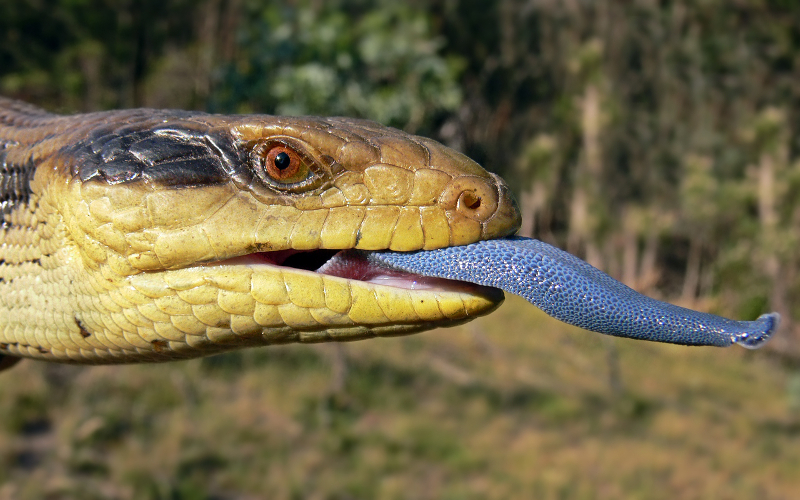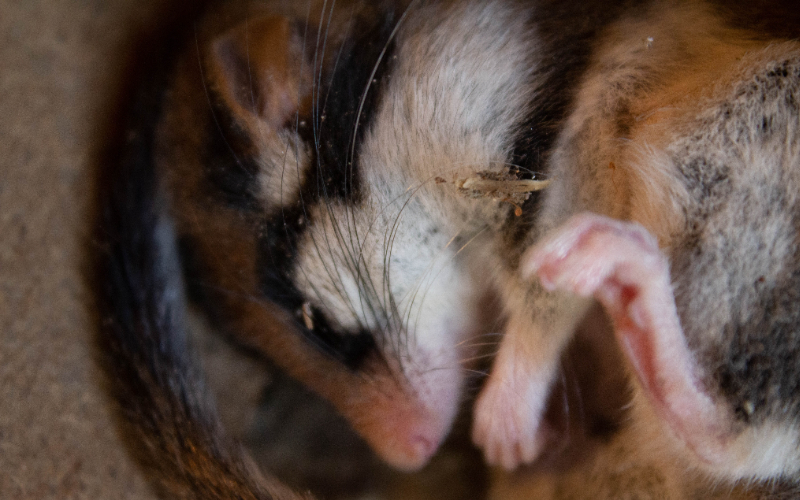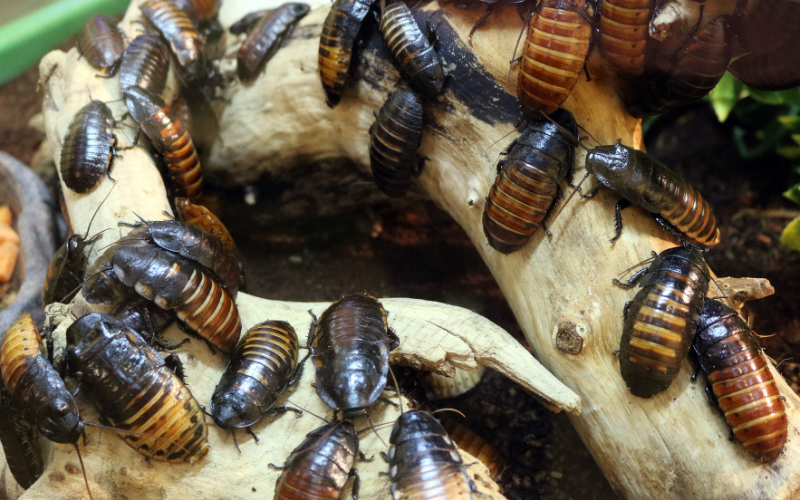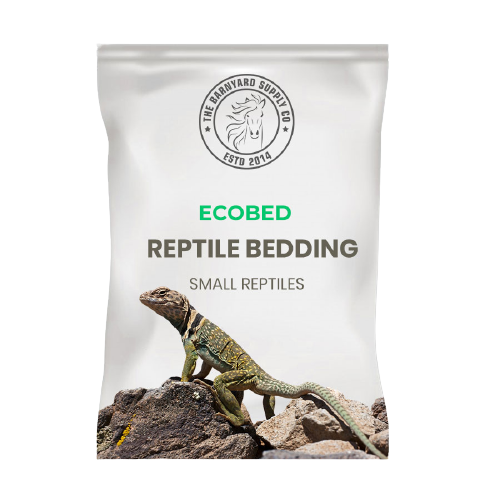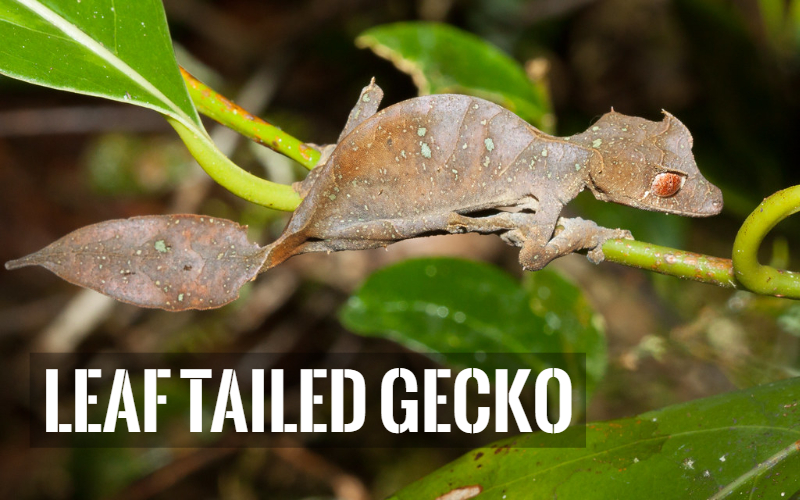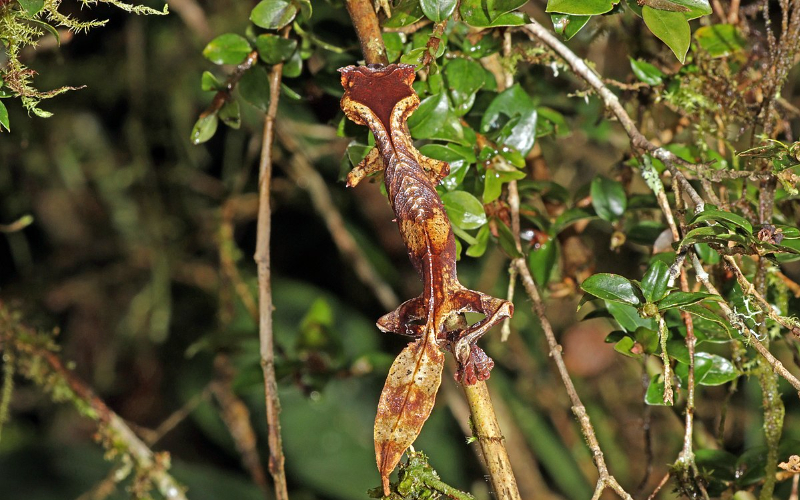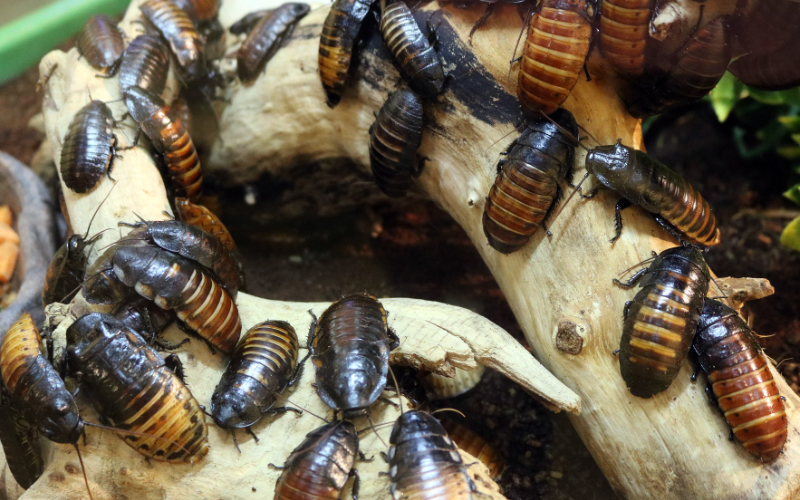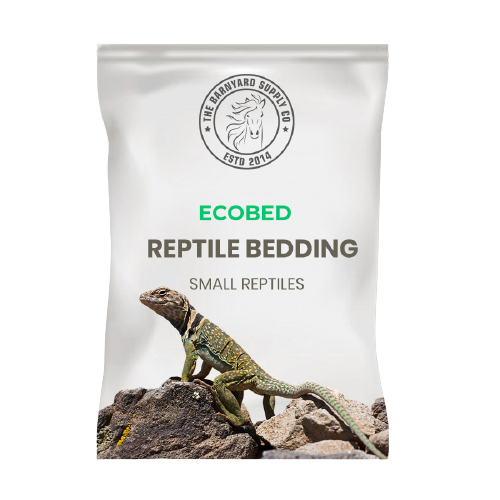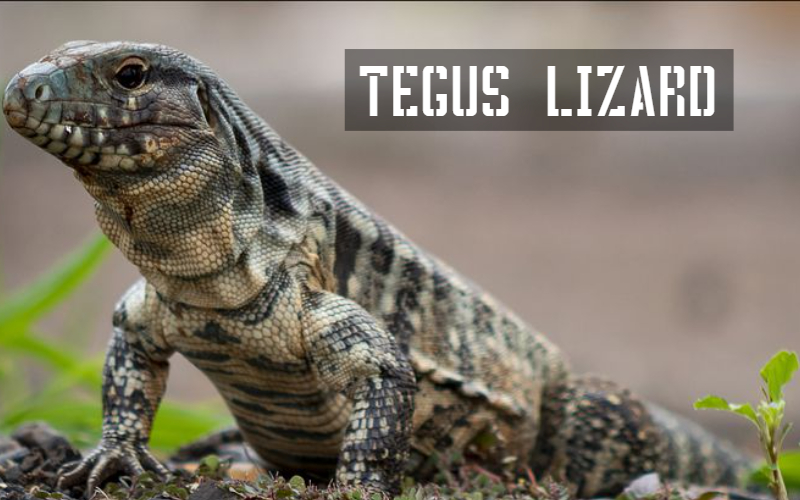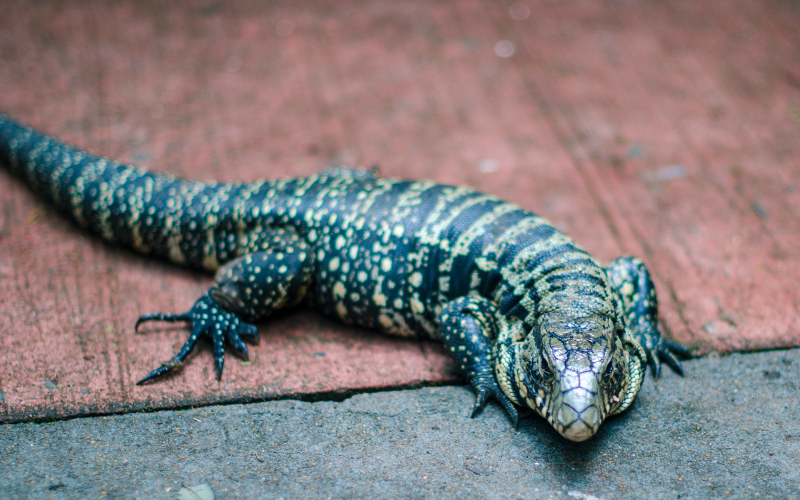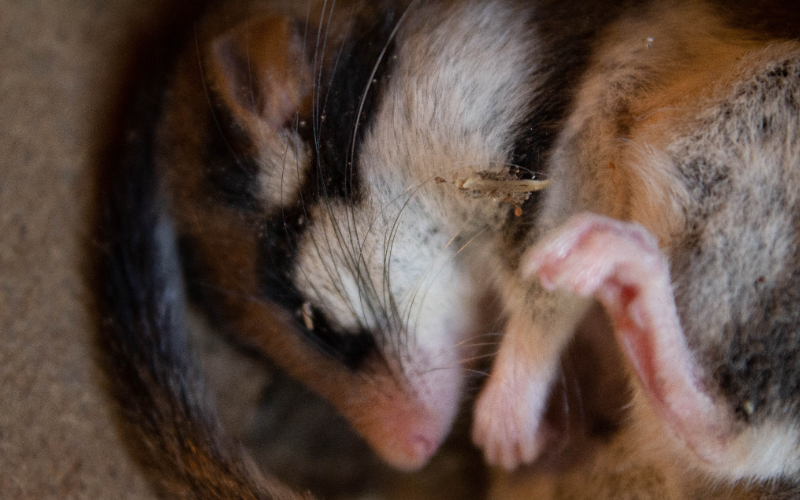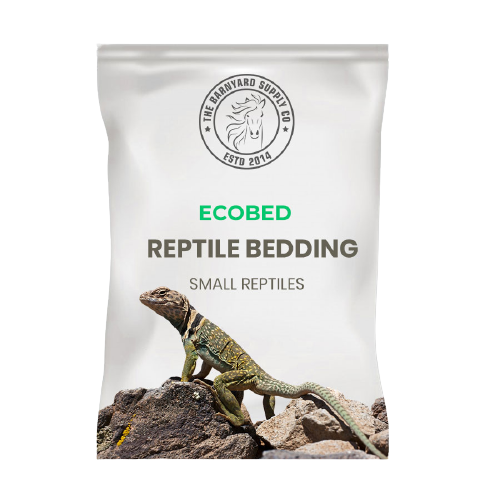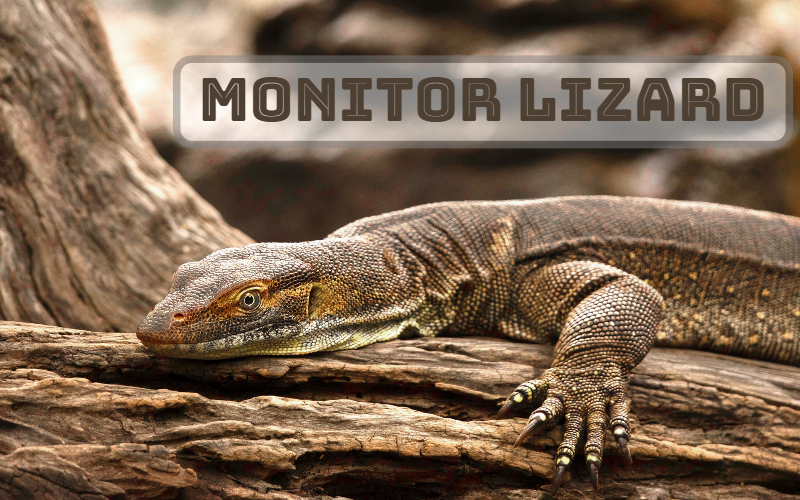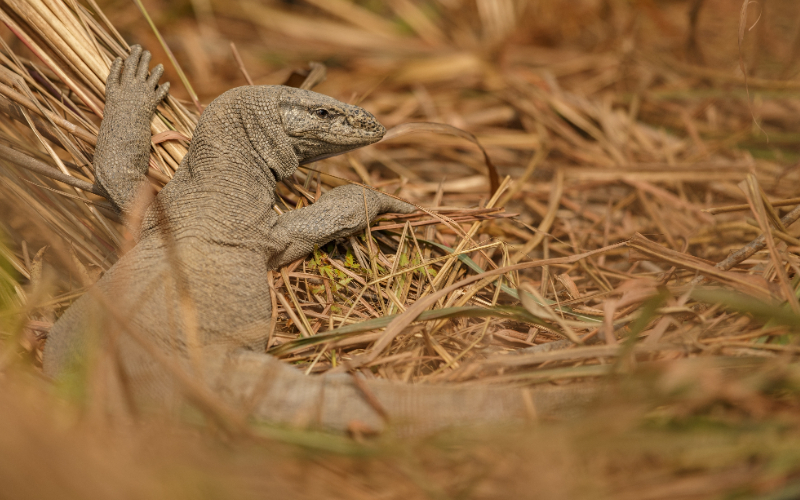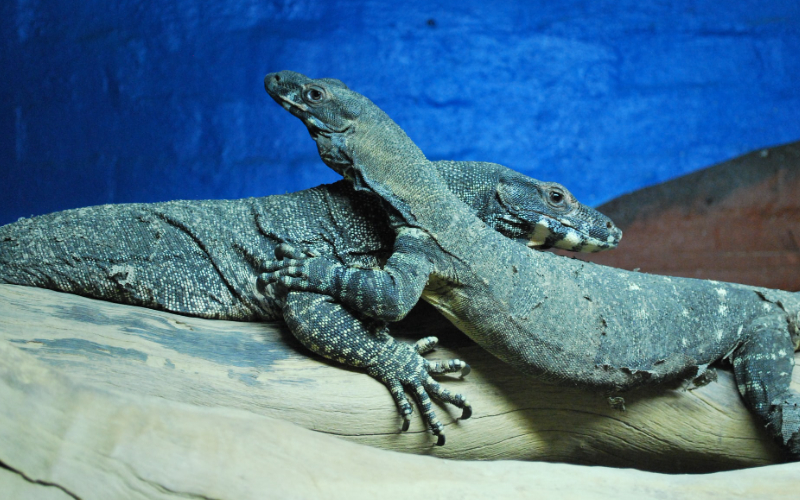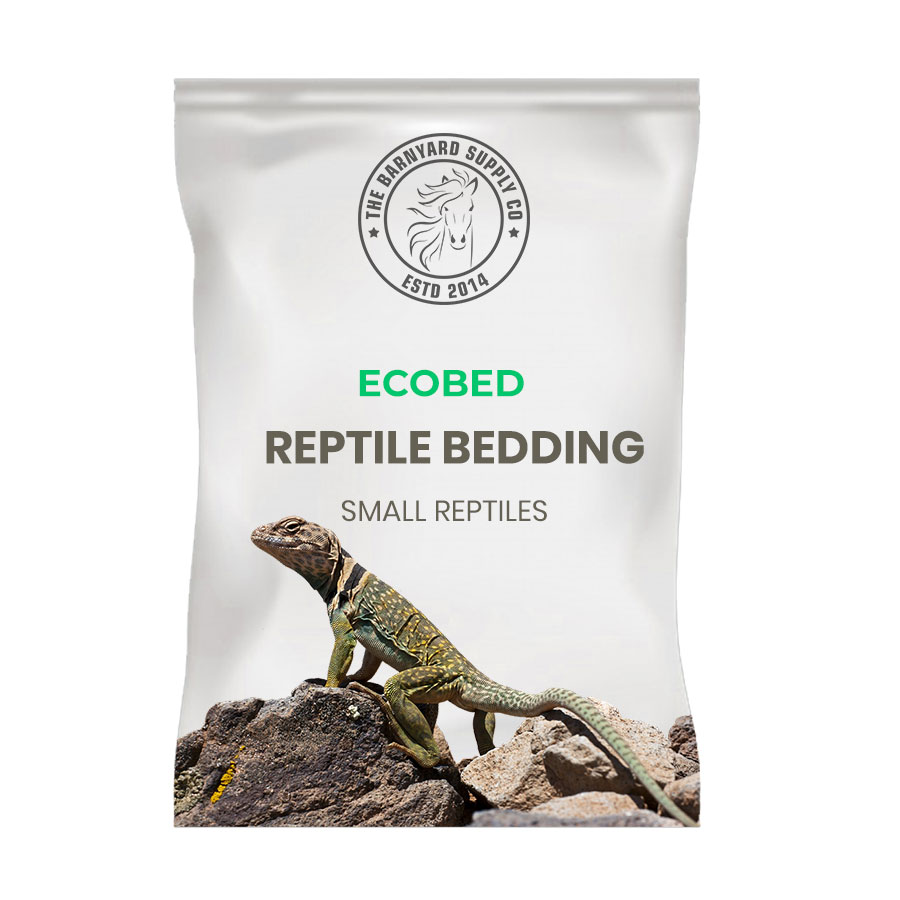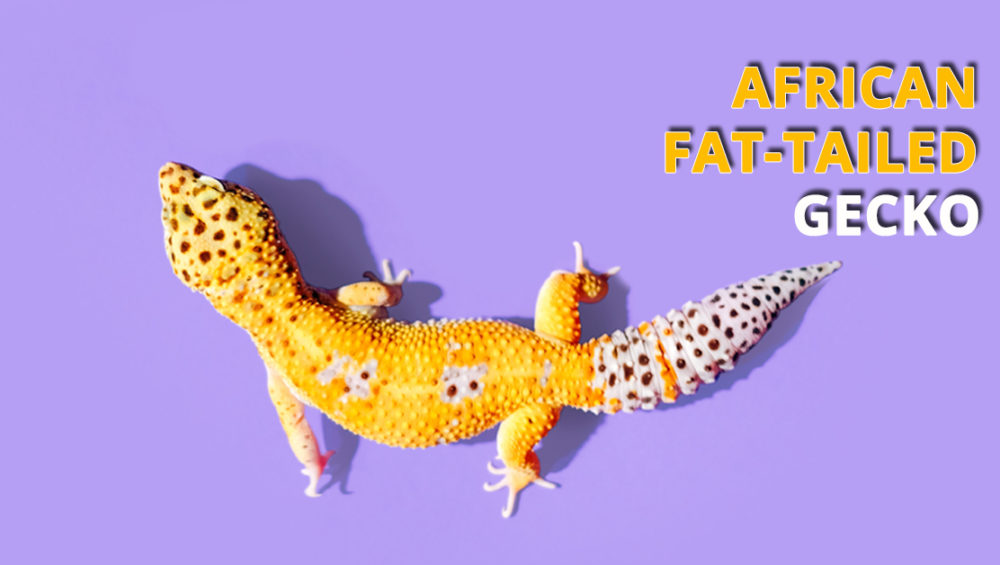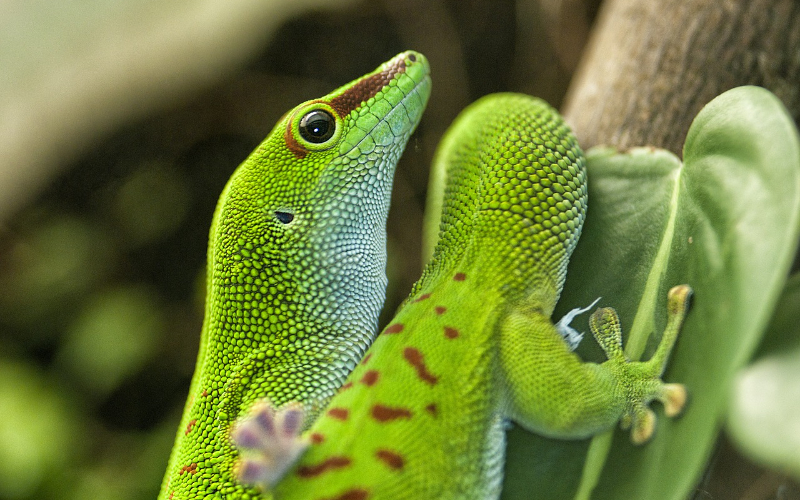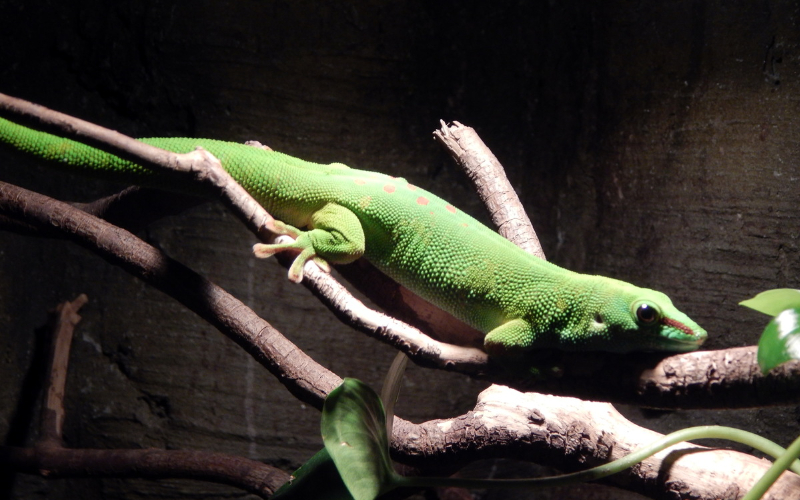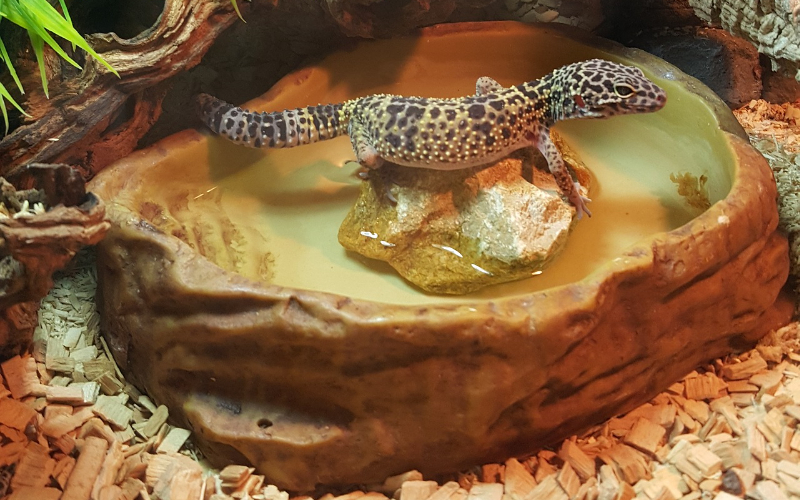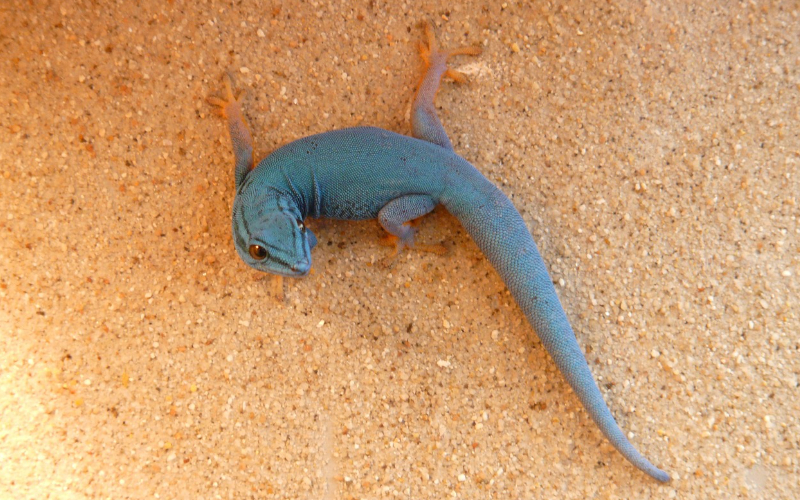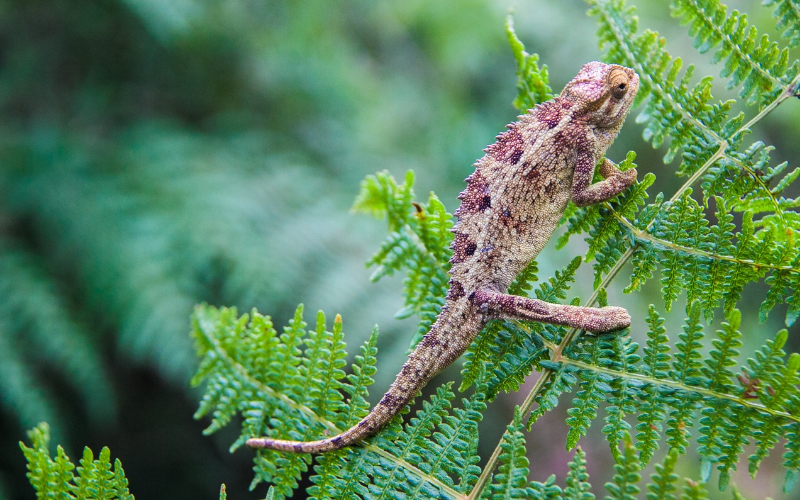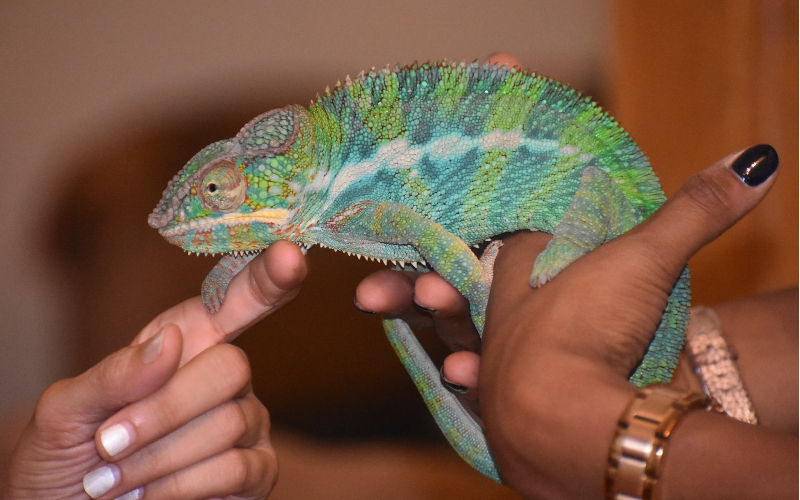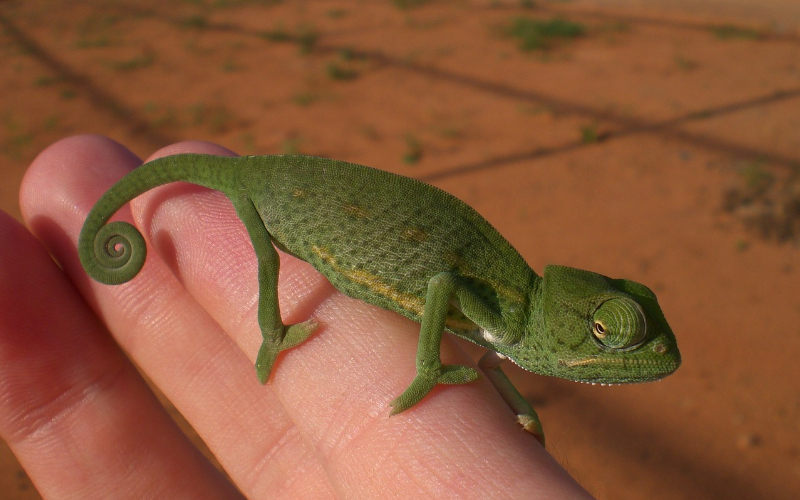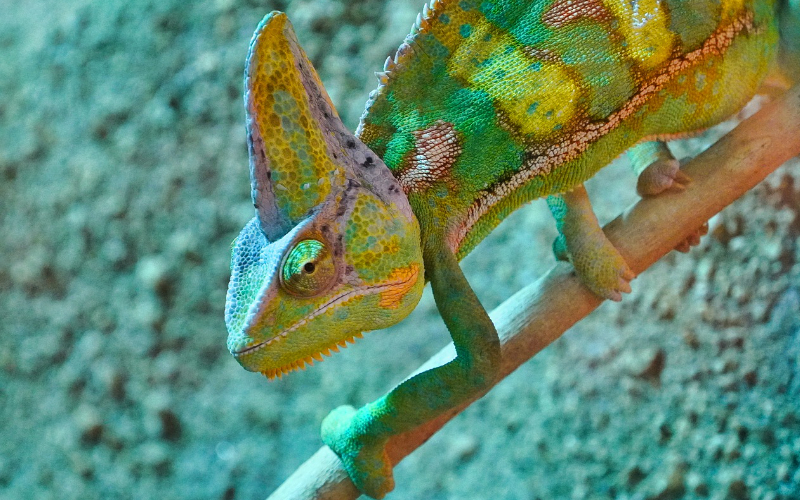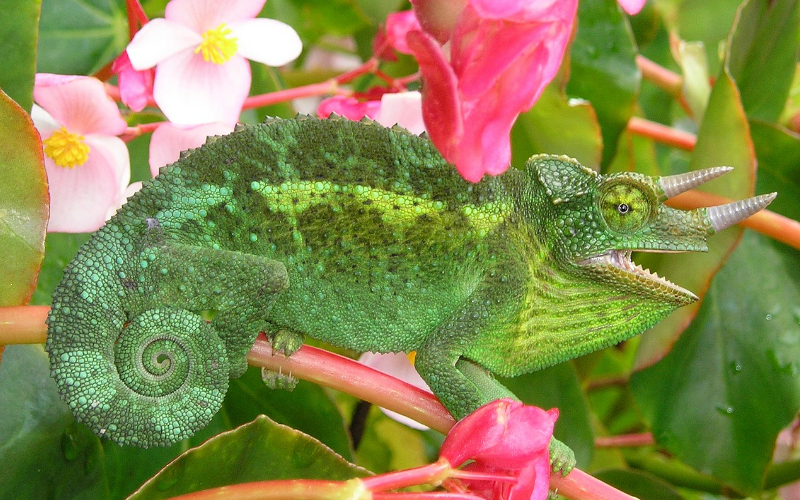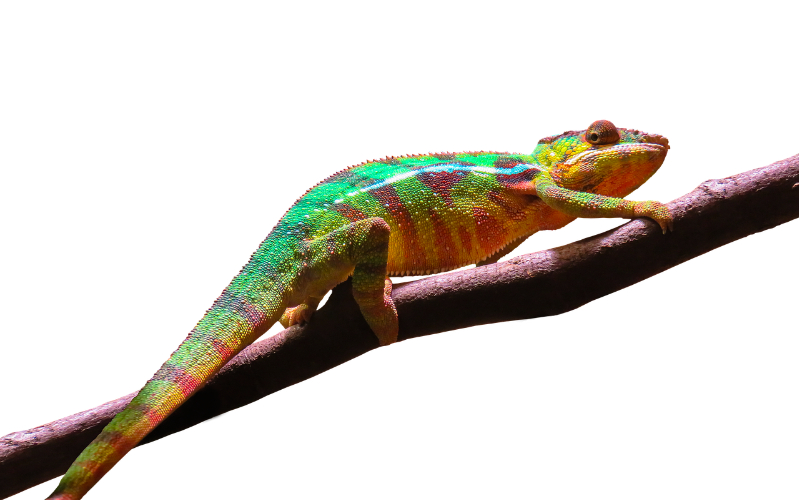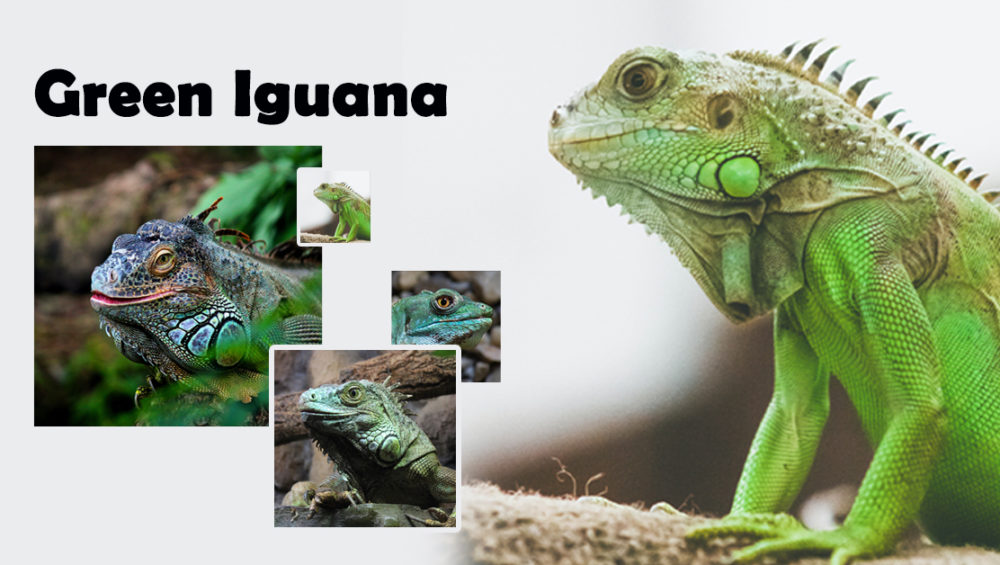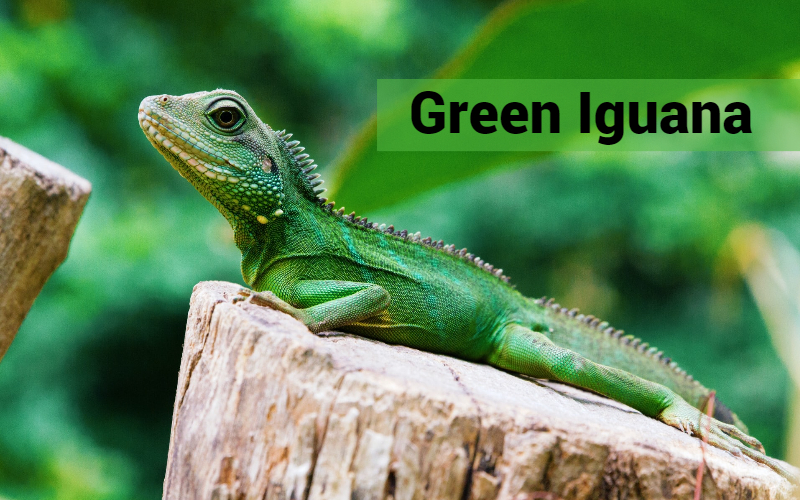Turtles, both aquatic and semi-aquatic, are popular as pets. Turtles are interesting pets to have, but they are delicate animals, so learning how to care for one before acquiring one is essential. For survival, you need make space, light, hydration, and food. Understanding these areas of turtle care can ensure that your turtle has a long and happy life.
Most popular species of Aquatic turtle
Red-Eared Slider Turtle

Red-eared slider turtles are native to North America and make excellent pets. They have appealing yellow and green patterns on their bodies, as well as prominent red patches behind their eyes. They are also frequently social with their owners. When it comes to their upkeep, though, they are a significant undertaking. Those lovely tiny turtle hatchlings for sale will develop into huge, long-lived, and a bit untidy aquatic turtles. Prepare for the amount of room and cleaning they will require.
Yellow-Bellied Slider Turtle

Yellow-bellied sliders, one of the most popular pet turtles, are long-lived aquatic turtles that can live up to 40 years in captivity. Although these turtles spend the most of their time in the water, unlike amphibians, they require the ability to dry off and relax. This species of turtle is relatively easy to care for in terms of turtles. Aquatic turtles, in general, need a lot of tank upkeep. As adults, these turtles, which are closely related to red-eared sliders, will require a large aquarium. The brown or black shells with yellow stripes differentiate these popular pets. Their lower shell, or underside, is yellow with black dots, therefore the name.
Painted Turtles

Painted turtles are called from the elaborate shell patterns on their shells, although they are also known as Chrysemys picta. Males are smaller than females, and the average painted turtle develops to be between four and twelve inches long. 1 Painted turtles can live up to 50 years in the wild and can be found in ponds and small lakes, where they congregate on logs to sun themselves and dry off. They will hibernate in the winter.
Mud Turtle

Eastern mud turtles are aquatic turtles that are tiny and compact and are native to ponds in the Eastern United States from Texas to New York. They are popular as pets primarily due to their small size, seldom growing to be more than five inches long. Their needs are comparable to those of other aquatic turtles, although they are semi-terrestrial, unlike some of their cousins. Rather than seeking to soak up the sun, they spend much of their time wandering, covered beneath leaves, or resting on the bottoms of small ponds. Mud turtles are probably not a suitable pet for a smaller child, even if they are well-suited for older children who can properly care for them.
Diamondback Terrapin

Diamondback terrapins are named from the diamond-shaped pattern on its dorsal shell. Terrapin means tiny turtle. One of the most stunning turtles endemic to the United States. Diamondback terrapins are typically gentle turtles who are happy to be handled, however they may nip if threatened. They vary from other common pet aquatic turtles such as painted turtles and red-eared sliders in that they live in brackish (salty) water rather than pure freshwater.
Choosing Your Aquatic Turtle
Turtles make lovely, intriguing, and delightful pets for the appropriate person with the correct dedication. The first step in excellent aquatic turtle ownership is to learn about the different species and how to care for them. While the fundamentals of aquatic turtle care are the same for all species, prospective owners should read up on the specifics of housing and food for the type they choose before making a purchase.

The hardier aquatic turtle species, such as red-eared sliders, cooters, mud, and musk turtles, are suggested for novices. Keep in mind that sliders and cooters may grow to be over 12 inches long at maturity, although mud and musk turtles are roughly half that size. Some of the less popular species, such as map and painted turtles, are less resilient as pets. Softshell and snapping turtles have a reputation for being big, aggressive, and more difficult to care for, making them unsuitable for beginners.
Behaviour
Aquatic turtles do not require much maintenance aside from a suitable environment and nutrition, however regular engagement may result in a docile and social turtle. Depending on the species and under perfect conditions, they will reach adult size in 1 to 2 years; increase the size of the habitat as your turtle develops. In any event, they’re gorgeous, and with careful care, they should last for many years.

Large tanks, specific lighting, adequate filtration, and frequent cleaning are required for aquatic turtles. During the day, they are most active. Allow yourself to be exposed to the sun during the warmest portion of the day to assist digestion, immunity, and regular development. By roaming between warm and cool regions of the cage, they control their internal body temperature. In most cases, aquatic turtles prefer to feed while still in the water. Turtles dislike being handled frequently and may bite if startled.
Temperature Requirements
A basking lamp and a submersible heater serve as major heat sources for a temperature gradient of 95°F for the warm end/basking area and 75°F for the cool end/water. UVB rays and full spectrum illumination are necessary for 10 to 12 hours each day. For basking regions, incandescent illumination is required. Temperature changes take a long time for turtles to acclimatise to. If you want to play with him outside of his tank, make sure the room is close to the same temperature as the tank. Sudden changes will put him under stress, and his immune system may suffer as a result.
Housing

Aquatic turtles necessitate a lot of space. Turtles require frequent exposure to ultraviolet (UV) light, thus all turtle tanks should have specific light bulbs intended for reptiles that generate both UVA and UVB radiation. They can get soft shell syndrome, a metabolic bone condition, if they don’t get enough light. Aquatic turtles are extremely filthy, so their tanks require frequent cleanings and, most importantly, a decent filtration system to ensure proper water quality. They should have adequate water to swim in, as well as a spot to get out of the water and relax under a heat lamp. At all times, appropriate water and ambient temperatures should be maintained.
Diet and Feeding
Although aquatic turtle diets have improved over time, they are not suggested as a sole source of nutrition. Most aquatic turtles are omnivores, however their preferences for certain foods may alter over time, and the best approach to feed them is to provide a range of foods. Aquatic turtles enjoy leafy vegetables like romaine lettuce, dandelion greens, and parsley (fresh, not dried). Because your turtle spends the most of its time immersed in water, the ideal approach to feed greens to your turtle is to either place the food directly in the water or use a suction cup clip to keep the food in the tank but not float in the water.

Chopped apples and frozen shrimp can be given to an aquatic turtle as a treat, but they are not recommended for daily consumption. Although certain water turtle species eat insects, vegetation should make up the majority of their diet. Because turtles are messy eaters, it’s best to feed them in a container separate from their home tank. This keeps the mess to a minimum. When many turtles live together, it also helps owners to keep track of each turtle’s food intake.
Habitat Maintenance
Keep the habitat clean by removing any uneaten food or excrement as soon as possible. At least once a week, thoroughly clean and disinfect the habitat. Place the turtle in a safe environment and use a 3 percent bleach solution to clean the tank and furnishings. Rinse carefully with water to remove any lingering bleach odour. Before reintroducing the turtle, provide clean, dechlorinated water with a temperature range of 70 to 75°F.
Substrate Nature
For aquatic turtles, substrate is advised to reduce the danger of pressure sores on the bottoms of their feet. Your turtle’s health depends on having access to clean water. Even though the water looks to be clean, it may contain a significant amount of nitrogenous waste from excrement. Clean water is ensured by frequent complete water changes. The more frequent the water changes, the lower the volume of water. A 4-inch turtle in a 10-gallon tank should be changed 2-3 times each week. The water in a 50-gallon aquarium is usually changed once a week. The more turtles in the cage, the more water changes are required. If the turtles are fed in the cage, the water should be changed every 12 hours. When doing a full water change, clean and rinse the cage well to eliminate any remaining bacterial development on all surfaces. Because sudden changes in water temperature might be dangerous, be sure that the water temperature after cleaning is equal to what it was before.
Common health problems
- GI tract parasites: Poor appetite, listlessness, perhaps diarrhoea, and anal prolapse are all symptoms of parasites in the gastrointestinal tract. As soon as possible, consult your veterinarian.
- Respiratory infection: A cold environment can induce a respiratory illness, which includes open mouth breathing, eye, nose, and/or mouth secretion, and sneezing. Consult your veterinarian and make sure the environment is at the proper temperature.
- Ulcers/shell rot: An dirty environment or an inappropriate food can create discoloured or foul-smelling patches or pits on the shell, which can become diseased. Consult your veterinarian and make sure you’re getting daily cleanings and/or changing your diet.
- Eye or respiratory infection: A vitamin A deficit may produce swollen eyes and sides of the head. Consult your veterinarian and take a multivitamin.
Conclusion
Aquatic turtles are friendly and popular pets, but they require a lot of care. These creatures are tidy, quiet, and very simple to look after. Children should avoid aquatic turtles as pets.




